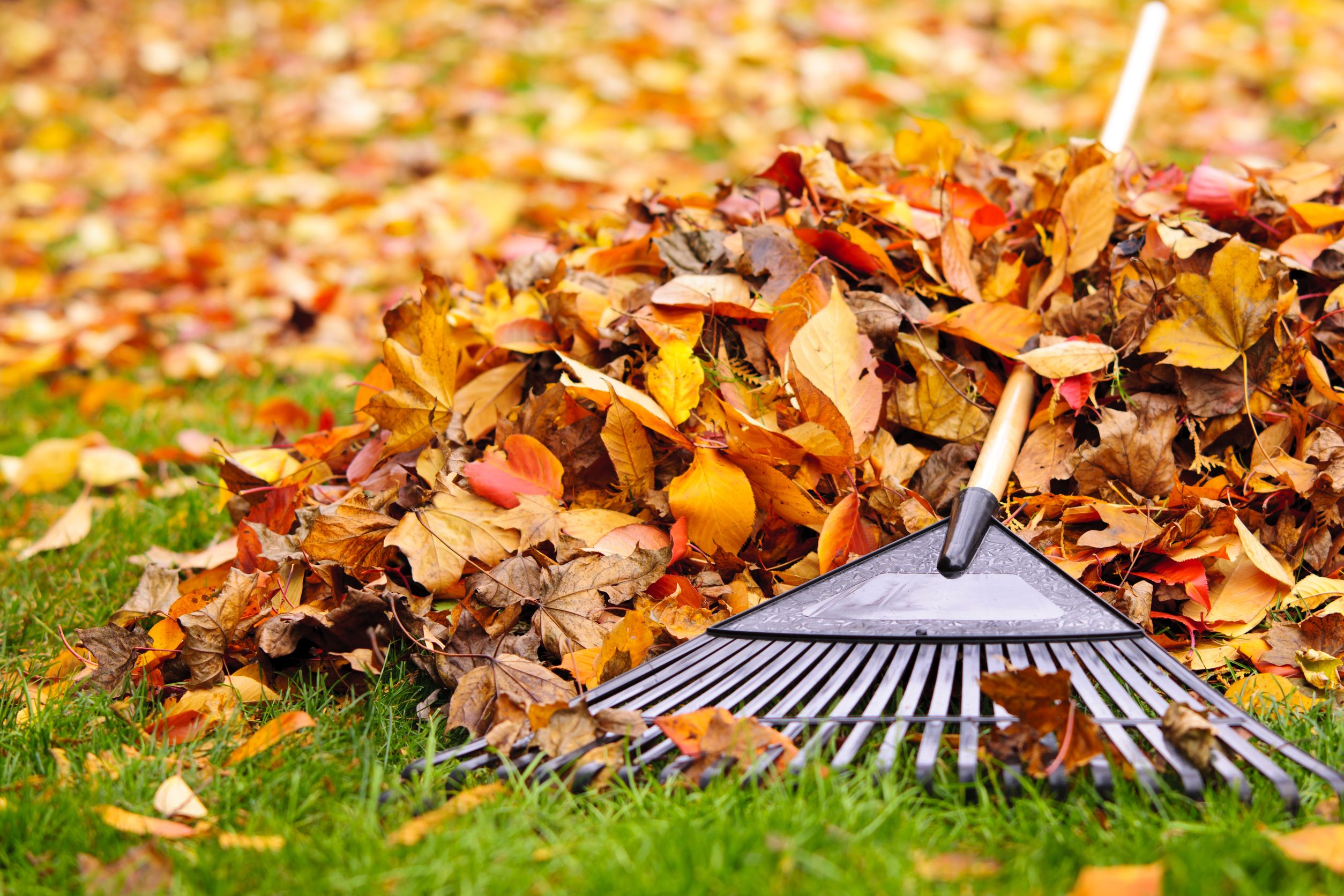
We are lucky in Memphis because we have more mild winters compared the rest of the country. So, prepping your lawn for the fall isn’t as brutal as it can be in more northern areas in the States. Even though we often wish we could just skip fall lawn care chores, we know we can’t –– not if we want to continue to have a lush, healthy, green lawn next spring and summer. So, here are the lawn care tasks we Memphians need to accomplish between now and winter.
1. Test Your Soil.

Photo: Source
As diligent homeowners in Memphis have probably discovered, soils in our area and throughout the state usually have enough of the secondary nutrients and micronutrients, but they’re lacking in the three main nutrients – nitrogen, phosphorus, and potassium. Our soils also become acidic and require applications of lime.
Pro tip: If the pH level of your soil is above 6.0, you won’t need to add lime to your soil. If the pH level is below 6.0, however, divide the total number of pounds recommended for your lawn into 50-pound increments, and make one 50 pound application every six months until you have added the total recommended amount.
You should test your soil every year if it’s low on phosphorus or potassium. Otherwise testing every three to five years is fine, so long as your lawn shows no sign of lacking a particular nutrient. If you need to renovate your lawn or establish a new one, you should test the soil before seeding, sodding, or “plugging”. If you remove the grass clippings from your lawn, you should test more frequently. You can test an established lawn any time of year, but testing should be completed early enough (before September 1st) to be certain you obtain the results by before spring approaches, especially if you have a lawn consisting of cold-season grasses such as Kentucky bluegrass, ryegrass, or a fescue grass.
2. Fertilize Your Lawn
You should apply the first fall fertilizer application to cold-season grasses around September 1st, with additional applications around October 15th and November 15th. For warm-season grasses such as Bermudagrass or Zoysia, you should make your final fertilizer application of the year at about the time your neighbors might be beginning fall fertilizer applications for cool-season grasses, around September 1st.
The presence of phosphorous and potassium remains fairly stable once enough of those nutrients have been added to bring your lawn’s test results up to the very high range. Once your lawn tests at that level, you only need to add a nitrogen fertilizer. Water your lawn a few days before applying fertilizer, let it dry out, apply fertilizer, and water again lightly so that the fertilizer is absorbed into the soil.
3. Trim Your Shrubs, Trees, and Hedges
You might be surprised to find that one of best times to check plants around the property for damage, disease and insect infestations is actually in the fall after they have shed their leaves. Your lawn care company expert will know the telltale signs and the best way to prune each plant to create healthy new growth in the spring. Diseased, damaged, and infested branches should definitely be removed, not only to stop the spread of disease or infestation but also because they represent a safety risk.
4. Remove Yard Debris

Photo: Source
After your trees, shrubs, and hedges have been pruned, remove the branches, twigs, and fallen leaves, nuts, and fruit from your yard. Don’t necessarily throw it all in with the garbage, though. You could add it to your compost or even rinse some of it off with your garden hose, let it dry, and then bring it inside to create natural fall into winter decor for your home.
Removing yard debris in the fall assures that sunlight and air will be able to reach down to your grass and soil in the spring. If you need to reseed areas of your lawn, this will ensure that the sun hits the entire grass blade and also begin warming your soil in the spring encouraging your grass seed to germinate. Your grass will get a head start on establishing itself before weeds germinate later on when the weather becomes even warmer. This especially important to lawn care since healthy grass is the number one defense against weeds.
5. Sow Grass Seed
Cool-season grasses should be sown between September and October.
6. Protect Your Evergreens
You should seal evergreens, rhododendrons, camellias, laurels, and similar plants with an environmentally friendly moisture sealant to protect them from freezing and windburn. Also, protect the loose branches of boxwoods and evergreens from snow damage by tying them together, and come winter, don’t try removing snow by hitting or poking at these branches with a snow shovel or broom –– not even lightly. Freezing winter temperatures can cause branches to become fragile and extremely brittle. Even the best-intended attempt at snow removal could result in damage.
Follow these six tips this fall, and your lawn will be well on its way to a healthy, lush, green spring and summer next year.
Have more questions about lawn care? Visit our Memphis lawn care page for more information.
Top Photo: Source